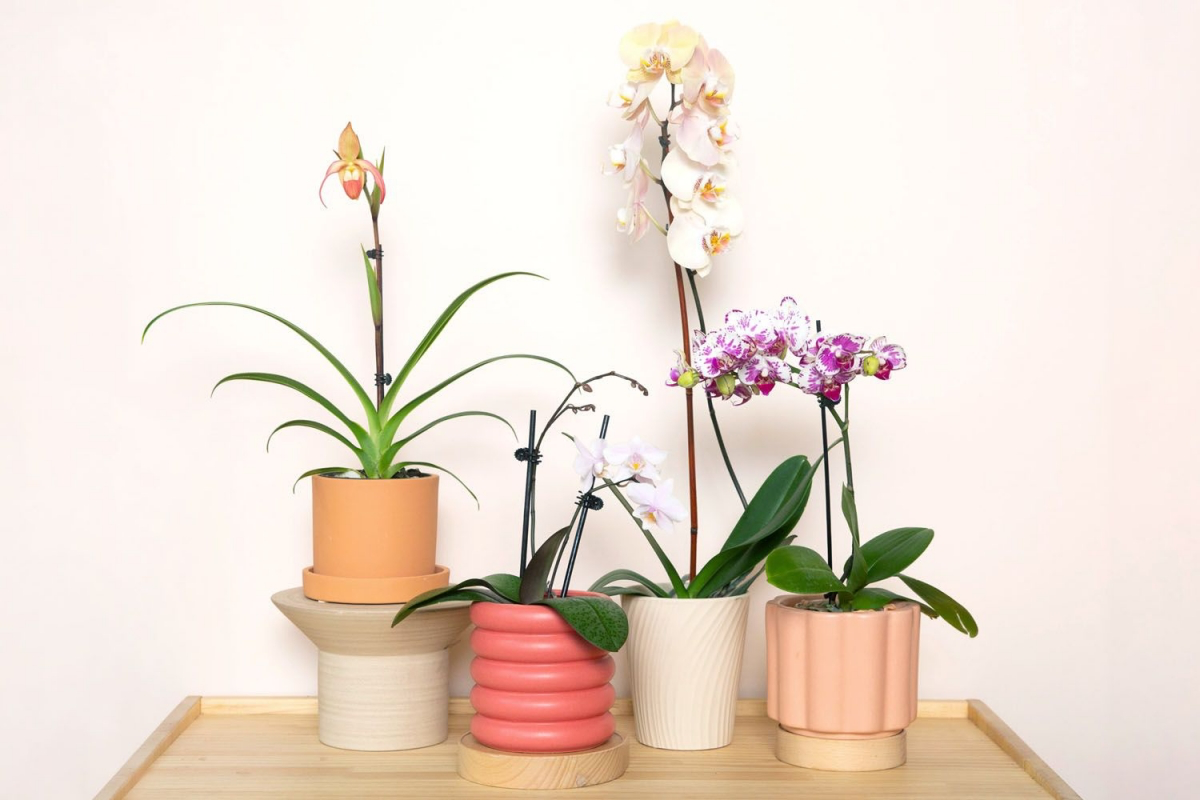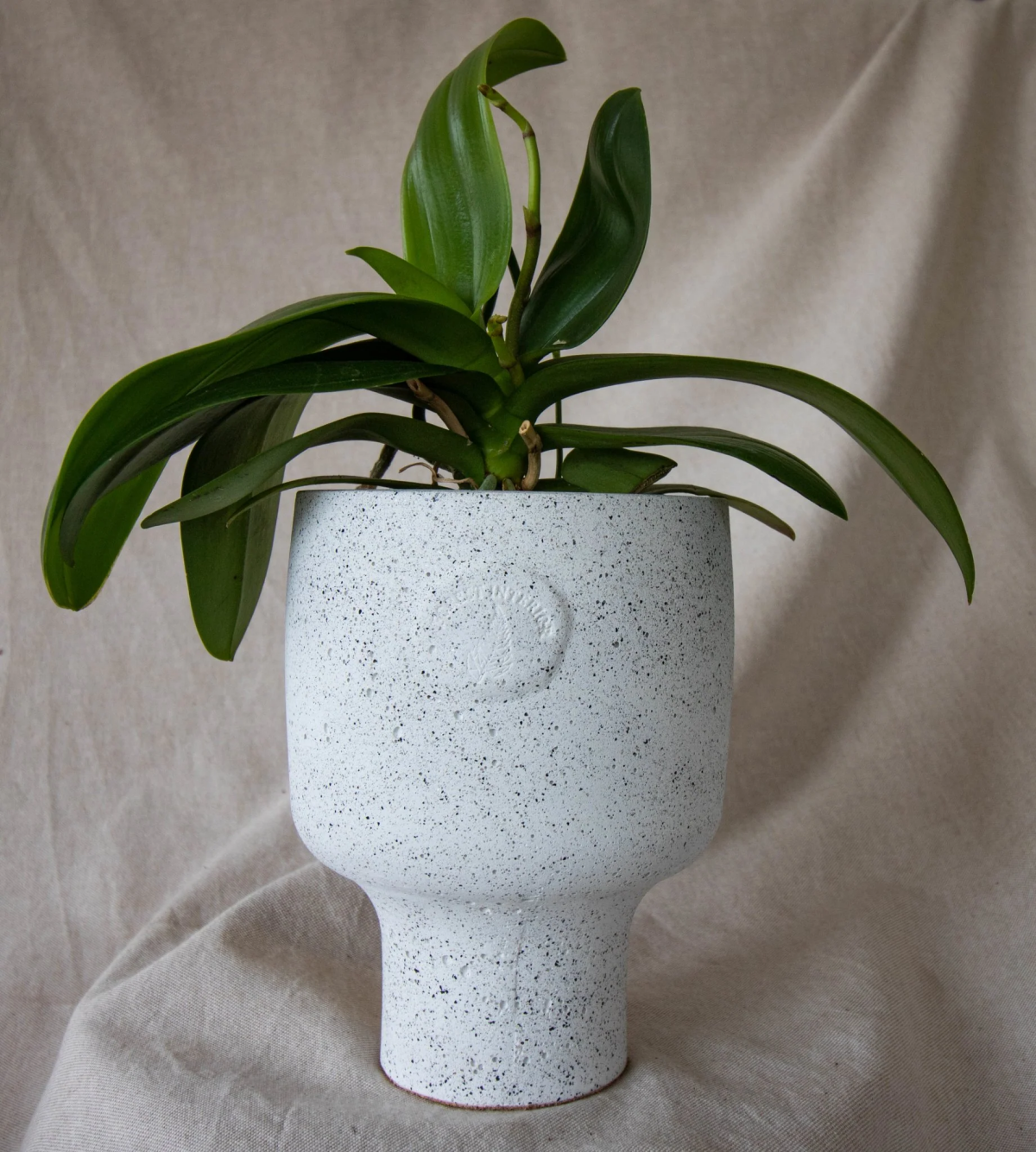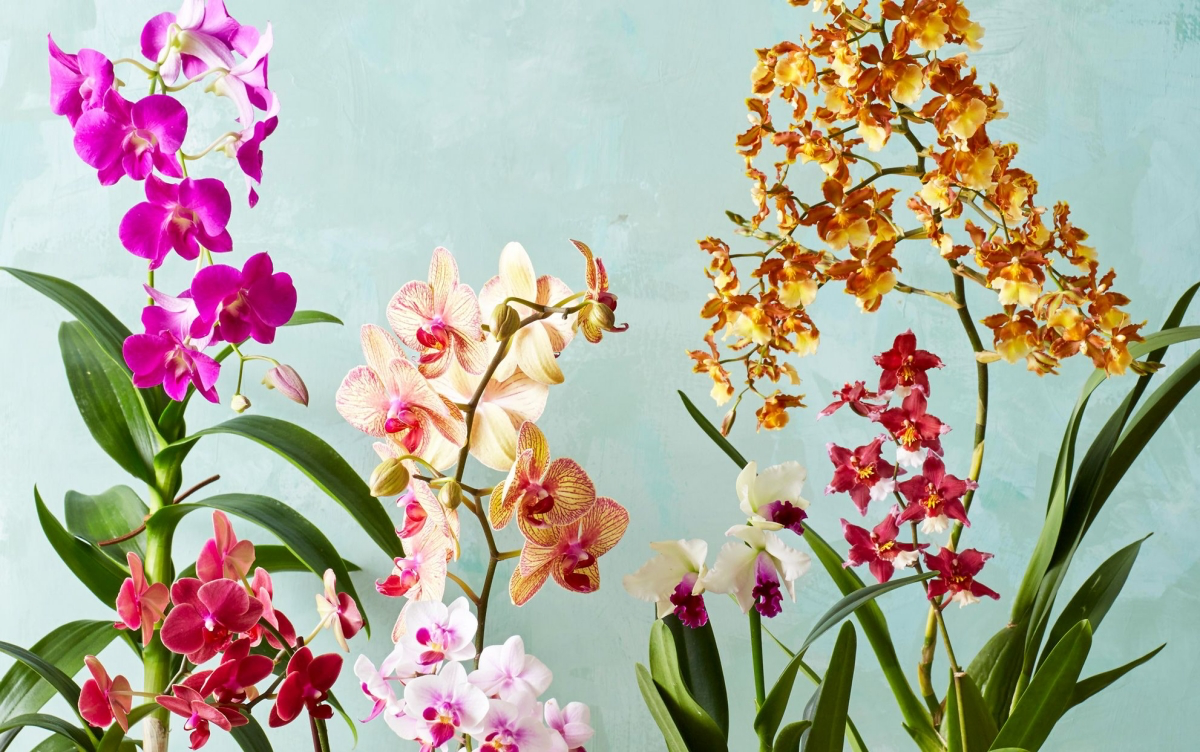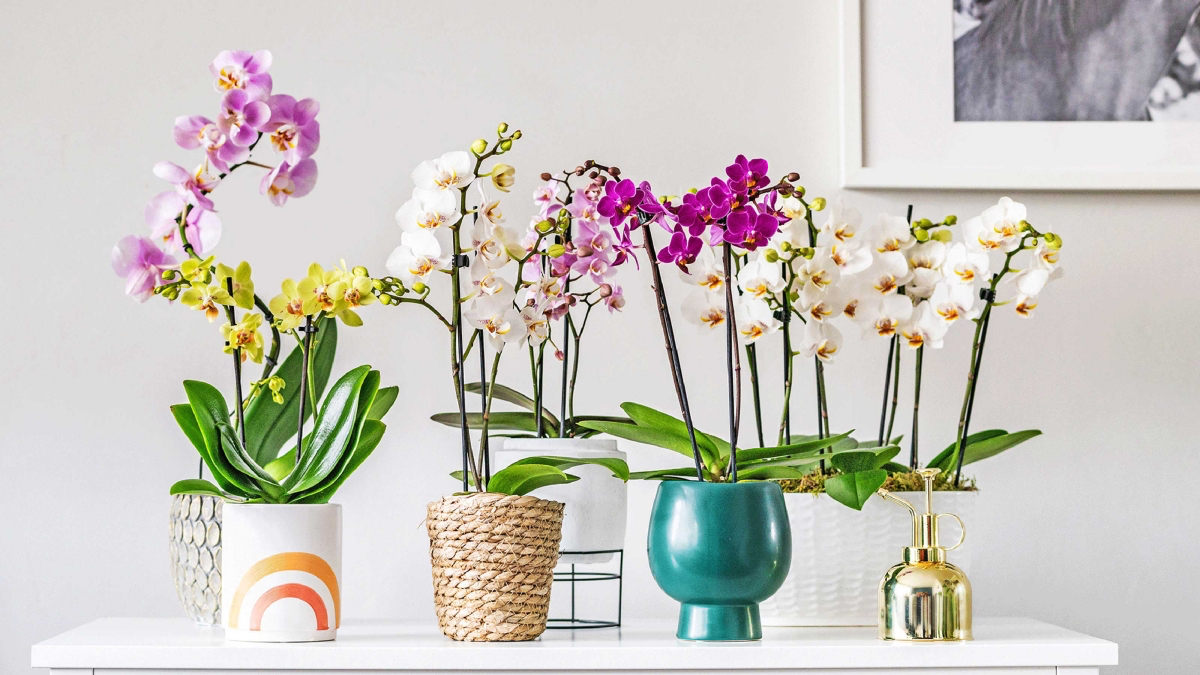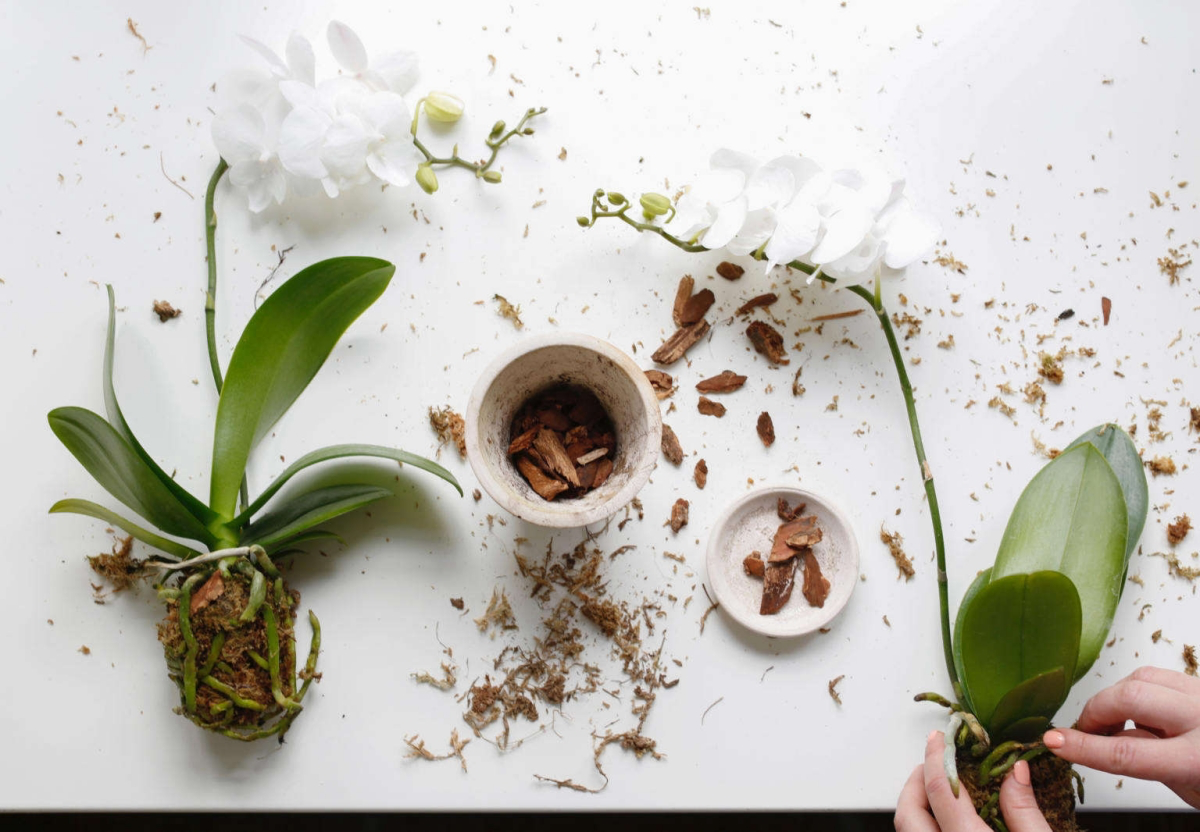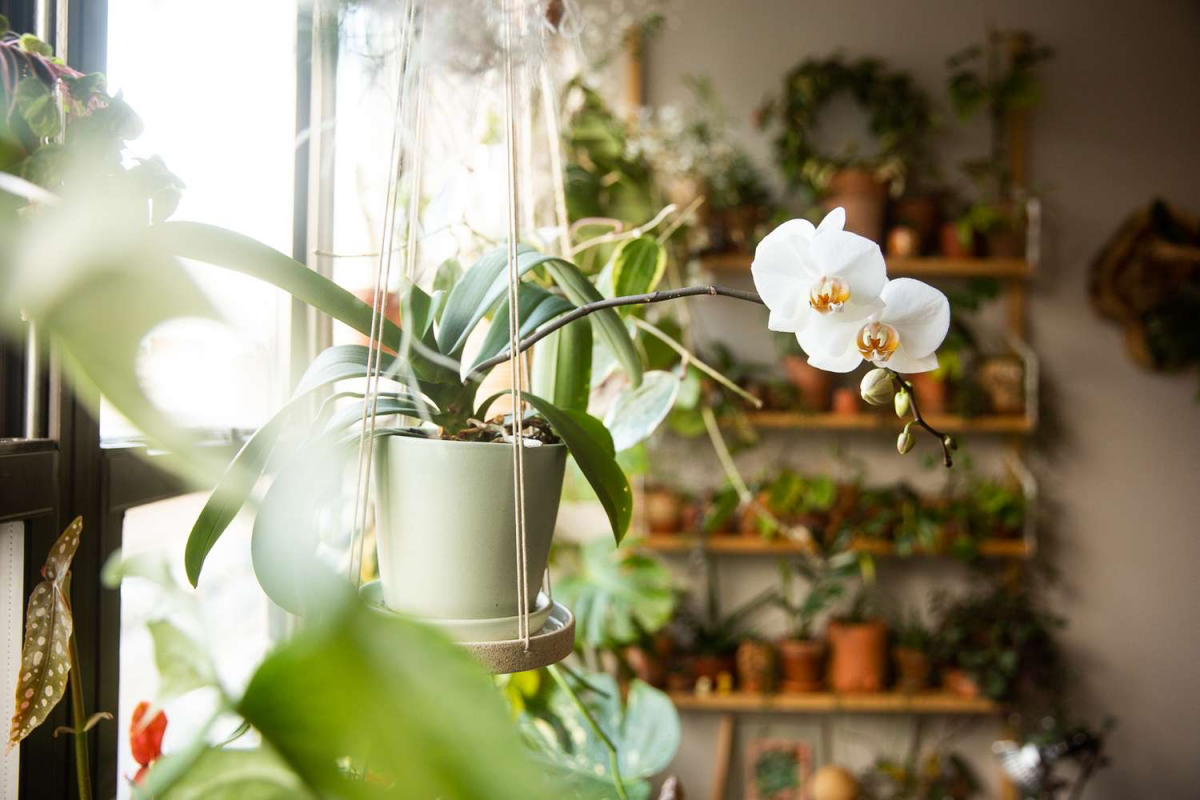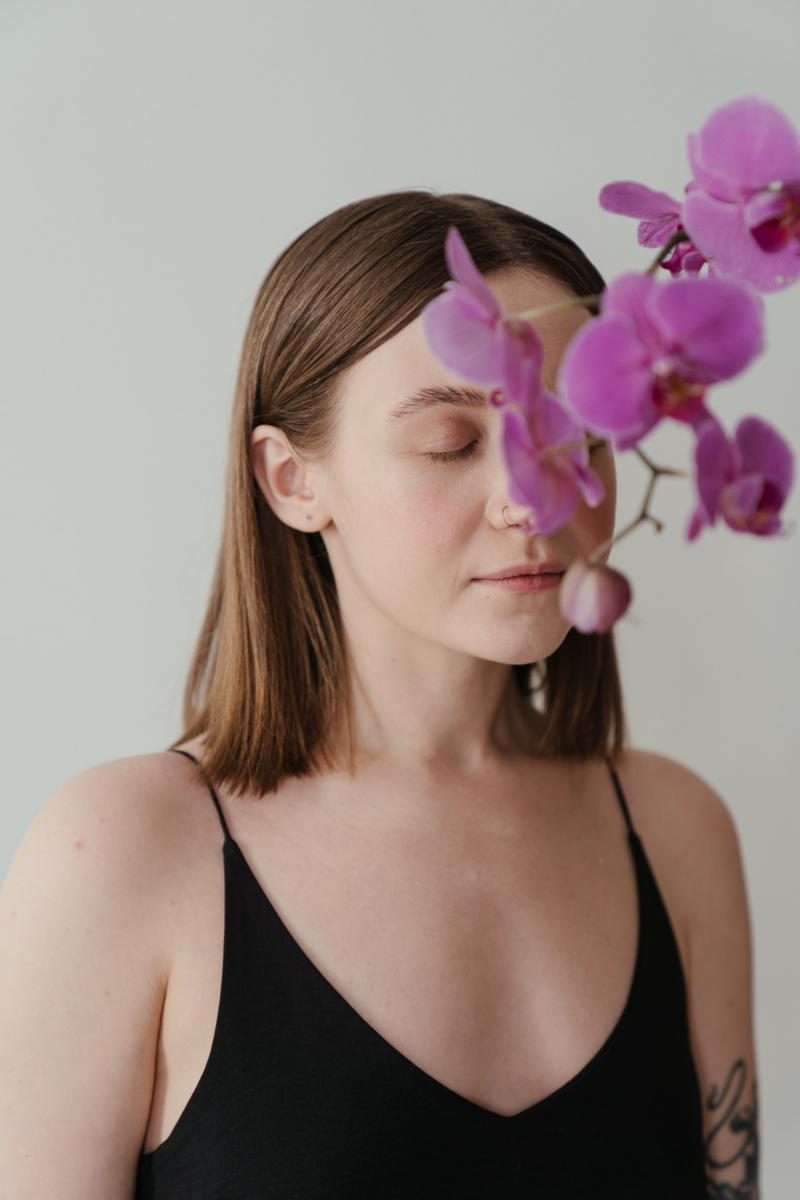6 Reasons Why Your Orchid Isn’t Blooming Like it Used to
Orchids are both very beautiful, but also very fickle to grow. Almost always, we buy a beautiful, flowering orchid, but after it blooms, there is a period of dormancy. For each orchid species, the flowering, and dormancy period is different. That is why, you might be confused on how to get your orchid to flower again and again. Well, the first step is to identify the reasons why your orchid isn’t blooming like it used to. Lucky for you, in this article, you will find the six most common causes of this, and some good tips and tricks on how to avoid these mistakes and troubles in the first place. If you love exotic flowers like orchids, and you want to learn how to take care of them like a pro, just continue reading:
So you want to find a way to make your orchid bloom again and again?
Here are all the reasons why your orchid isn’t blooming like it used to!
In this article
Common Reasons Why Your Orchid Isn’t Blooming Like it Used to
#Growing Method (traditional or intensive)
All orchids for sale are propagated and grown in special industrial greenhouses, primarily in an intensive way. The aim of this method is to get the orchid to develop and flower as quickly as possible by applying growth and flowering stimulants. The traditional way is softer – the life cycles of the orchids are respected. In this way, all the life periods of the plants are clearly expressed: growth, flowering, dormancy – everything happens in time for the plant. That is the main difference in the growing methods of orchids.
A traditional growing methods respect the orchid’s life cycle
An orchid grown in the intensive way can bloom whenever it pleases. It will wait for the right conditions to which it is accustomed in the industrial greenhouse. An orchid with a traditional growing regime, on the other hand, will undergo a period of dormancy and flowering. Dendrobiums can grow on leaves all winter and flower in April and May. Phalaenopsis, on the other hand, grows in leaf throughout the summer and autumn, forms its inflorescence in the winter, and flowers in early spring.
The different types of orchids have different flowering times and life cycles
#Growing Conditions
For an orchid to be comfortable and flower successfully, its microclimatic requirements must be met – maximum light, relative humidity, quality substrate, and temperature. You also need to know the natural signals of orchids to which they respond with flowering. Phalaenopsis and Cymbidiums wait for a steady drop in temperatures to +13 °C and below. For almost all orchids, the difference in day and night temperatures matters – the night should be a couple of degrees cooler than the day. Cattleya and Dendrobiums, on the other hand, flower only when daylight increases to 12–15 hours.
Temperatures really do matter when it comes to flowering
#Repotting and Substrate
The rule of thumb is to repot your orchid as infrequently as possible. Or more accurately, only transplant when the substrate is starting to harm the plants. The substrate for epiphytic orchids is a mixture of bark, moss, peat, and charcoal. For terrestrial orchids, add bark, moss, sand, charcoal, and manure to the soil.
Repot your orchid as infrequently as possible
The right substrate always matters!
#Volume
An important rule to follow– the narrower the roots, the more successfully the orchid will bloom. This rule applies to all flowering plants. It is wrong to think that plants need a large space. In spacious pots, they will grow on leaves and roots until the plant realizes that there is nowhere else to go and gives the command to bloom.
Orchids do not need a large space to grow and flower
#Location
Place epiphytic orchids such as Vanda, Dendrobium, Cattleya, Oncidium, Phalaenopsis, Celogyne safely higher up on the wall, on a shelf, in a pot. This placement will bring them closer to their natural environment. Even though they are artificially selected hybrids, their genes remember the past. Their leaves are storage organs, and the more leaves, the stronger the plants become. If your orchid does not flower for 2 or 3 seasons, but produces new leaves, this is the result of improper feeding. For the flowering of any plant, nutrition with the correct percentages of the basic elements is a must – phosphorus, potassium, and nitrogen. The phosphorus and potassium in the fertilizer should predominate over the nitrogen. A correct balance of micronutrients is also necessary, because an orchid that is deficient in a particular micronutrient will not flower.
Some varieties of orchids should be placed higher up in a pot
#Orchids and Astrology
There is an opinion that Astrology influences the relationship of flowers and their owners. Orchids coexist beautifully with signs like Gemini, Aquarius, and Pisces. And, based on Astrology, they might not do so good with signs like Aries, Capricorn, and Leo. Nevertheless, if you are a gardener that is motivated, your zodiac sign will not matter that much.
Orchids are the perfect flower for Gemini, Aquarius, and Pisces
These were the most common reasons why your orchid isn’t blooming like it used to. If you want to become a master at orchid care, take a look at our ultimate guide for taking care of orchids! There you will find a lot of good information and tips that will help you become a better gardener.
Now you know the reasons why your orchid isn’t blooming like it used to!

